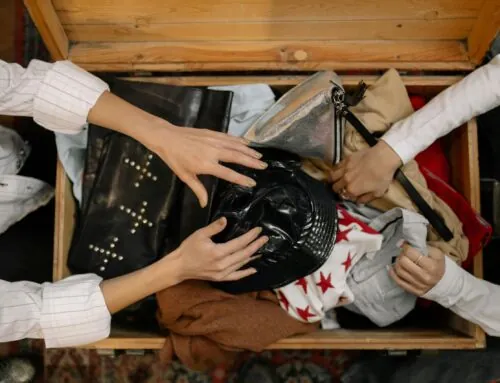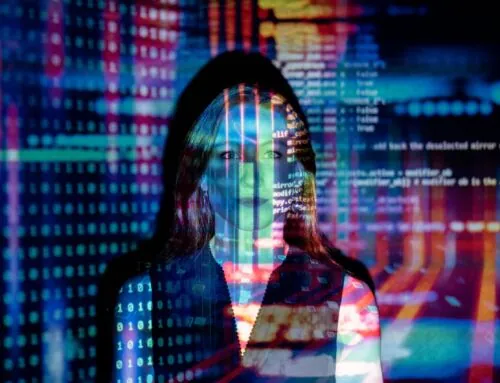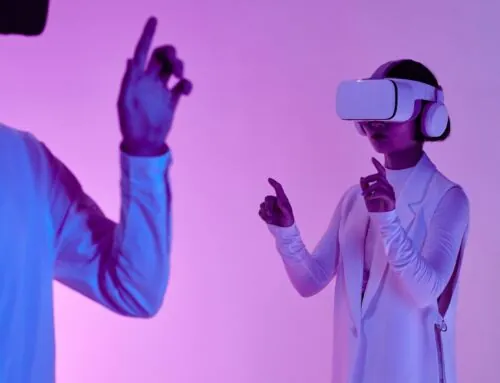Retail in the fashion and luxury sector has undergone major upheavals in recent years. It must now rely on Innovation Retail and its latest trends. From department stores to small boutiques and e-commerce sites, fashion and luxury brands are increasingly using innovative tools.
In this article, we have compiled a list of the latest trends in Retail Innovation.
-
Digitalizing sales outlets
To attract new customers and meet the needs and expectations of younger generations, fashion and luxury brands have had to adapt and, above all, innovate. One of the latest innovations in retail innovation is the «intelligent» boutique.
As a result, fashion retail has entered a new era, one in which the customer experience is paramount, through the use of digital technology.
In fact, physical points of sale are trying to resist and stay the course in the face of the e-commerce wave. That's why engineers specializing in Retail Innovation have turned their attention to improving the in-store customer experience, thanks to connected tools.
Following the example of companies such as Zara and H&M, which in 2018 presented a virtual reality application to visualize a garment worn on a mannequin within their points of sale. In this way, the customer views a short video of a mannequin moving with the garment. The customer can then purchase the product directly, again via the app.
These new connected tools offer fashion and luxury companies a real advantage. In fact, they enable them to collect a certain amount of data on their customers. Brands can then perfect the customer experience and improve the personalization of certain tools.
-
Retail on social networks, the biggest success of Retail Innovation
As we saw in another article, Social networks, and Instagram in particular, have become a must for fashion brands. Beyond being an extremely powerful communication tool, social networks have become veritable sales platforms.
So much so that Instagram inaugurated Instagram Shopping in 2017. This new tool enables fashion brand accounts to display the price directly on their images, and integrate a link that takes web users directly to the brand's e-commerce site.
YouTube also enables redirection to a commercial link. The concept is simple: during the video, one or more products are highlighted, at which point a dialog box appears to click on the product link.
-
The virtual pop-up store
In the same vein as retail outlets that integrate digital technology into the customer experience, virtual pop-up stores go one step further. The principle is simple: link physical point-of-sale and e-commerce to create a single store: a 360° interactive online boutique.
Storefront is behind this launch. The project responds to the demands of many up-and-coming brands: the desire to combine the physical visualization of a model with the online experience and purchase. The experience is immersive and focused on the customer's needs and requirements. Thanks to a 3D and 360° visualization of the products, customers can project themselves with the garment on their person.
As with a real store, the fashion brand with a virtual pop-up store can also establish its own merchandising, choose the design and decoration of the boutique, and so on. The online sales experience is thus much more visual and immersive for the customer.
If you'd like to work in innovation in the fashion and luxury sector, we suggest you take a look at our training courses. For example, the MBA Fashion Luxury Marketing & Innovation offers you a comprehensive training program with a strong Innovation Retail dimension.




